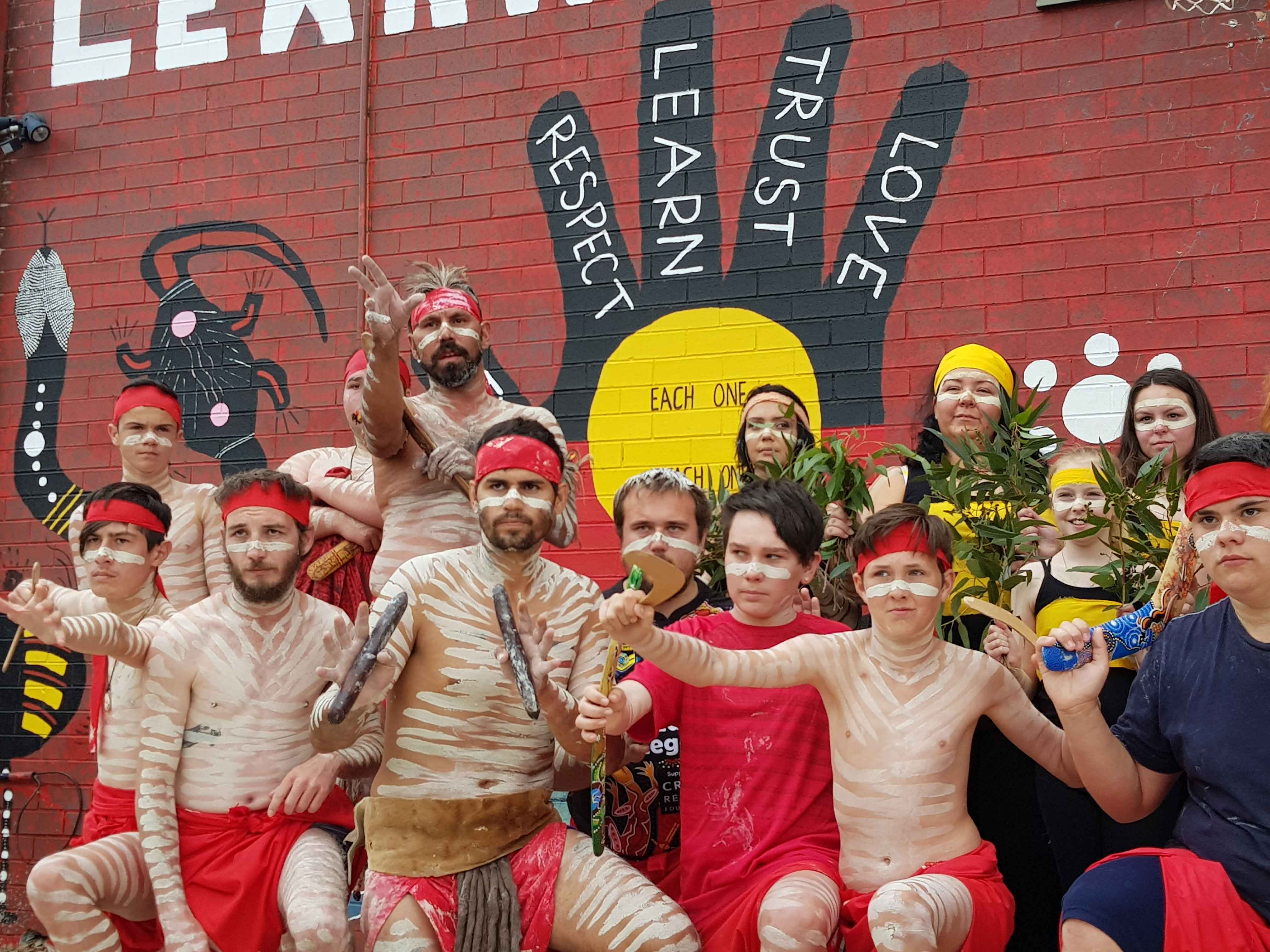
11 Facts About Aboriginal Australian Ceremonies AussieVibes
History of Australian Aboriginal Culture. When British immigrants began invading Australia in 1788, it is estimated that between 750,000 and 1.25 million Aboriginal Australians lived there. Soon after, diseases decimated the island's indigenous people, and British settlers took over Aboriginal territories.

11 Facts About Aboriginal Australian Ceremonies
Survey of the history, society, and culture of the Australian Aboriginal peoples, who are one of the two distinct Indigenous cultural groups of Australia. It is generally held that they originally came from Asia via insular Southeast Asia and have been in Australia for at least 45,000-50,000 years.

Aboriginal Australian Art Tells the Most Important Ancient Stories
Torres Strait Islanders are united by their connection to the Tagai. The stories of the Tagai reflect the stars and describe the Torres Strait Islanders as sea people. The Tagai is the spiritual belief system that connects people to the order of the world, stating that everything has its place. 4. Aboriginal and Torres Strait Islander families.

Facts About Aboriginal Art
Australia's Indigenous peoples are two distinct cultural groups made up of Aboriginal and Torres Strait Islander peoples. But there is great diversity within these two broadly described groups exemplified by the over 250 different language groups spread across the nation. An accepted definition of an Indigenous Australian proposed by the.

A detailed guide to Australian Aboriginal Culture in Cairns
British settlement. When British settlers began colonizing Australia in 1788, between 750,000 and 1.25 million Aboriginal Australians are estimated to have lived there.Soon, epidemics ravaged the.
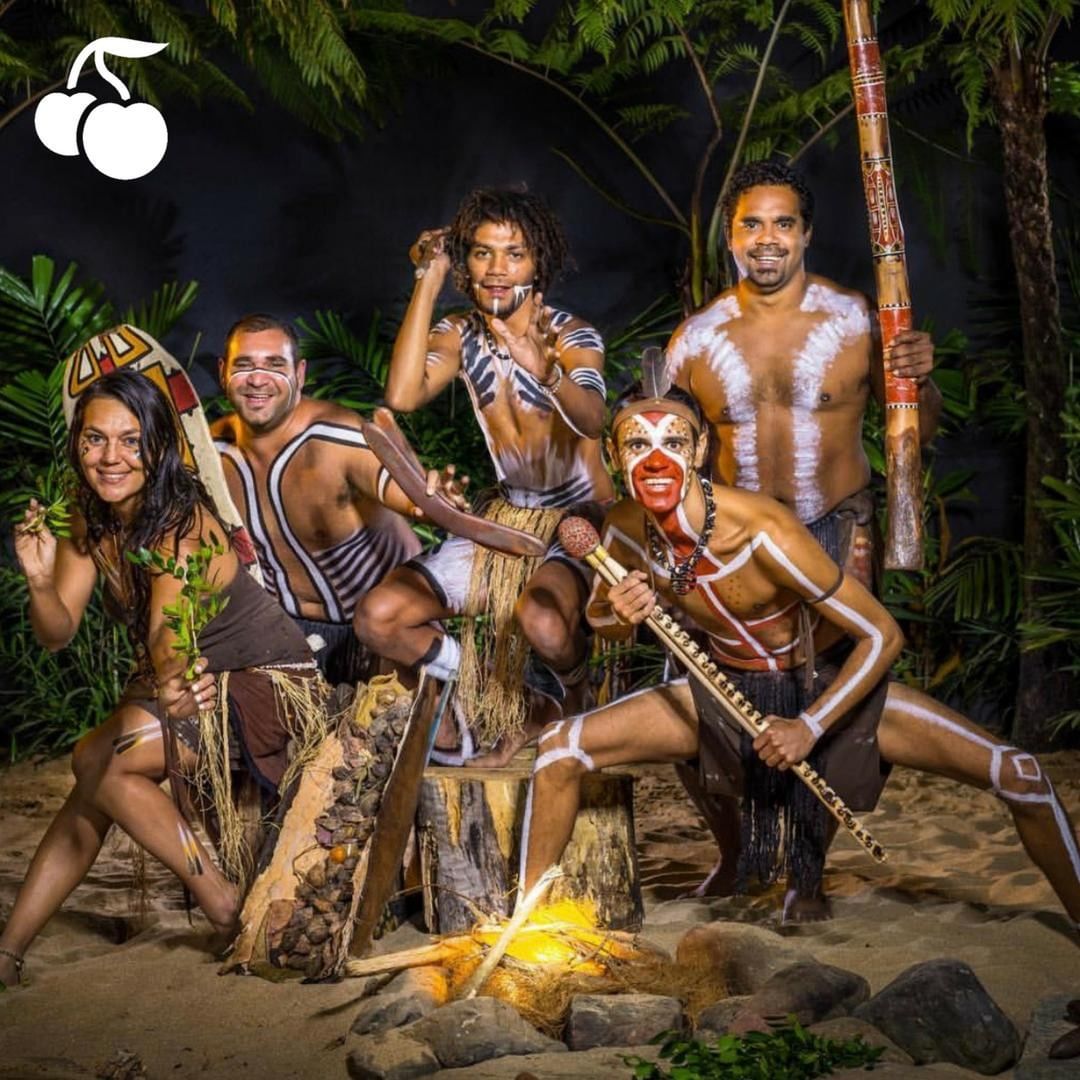
A detailed guide to Australian Aboriginal Culture in Cairns
A midden is a site where Aboriginal people at different kinds of shellfish, fish and other animals. Archelogists know a midden when they see one, because of the mounds of ancient shells and leftovers they discover. The midden in Botany Bay was occupied many times during the last 3,000 years. Aboriginal Archaeological Site: Lake Mungo, New South.
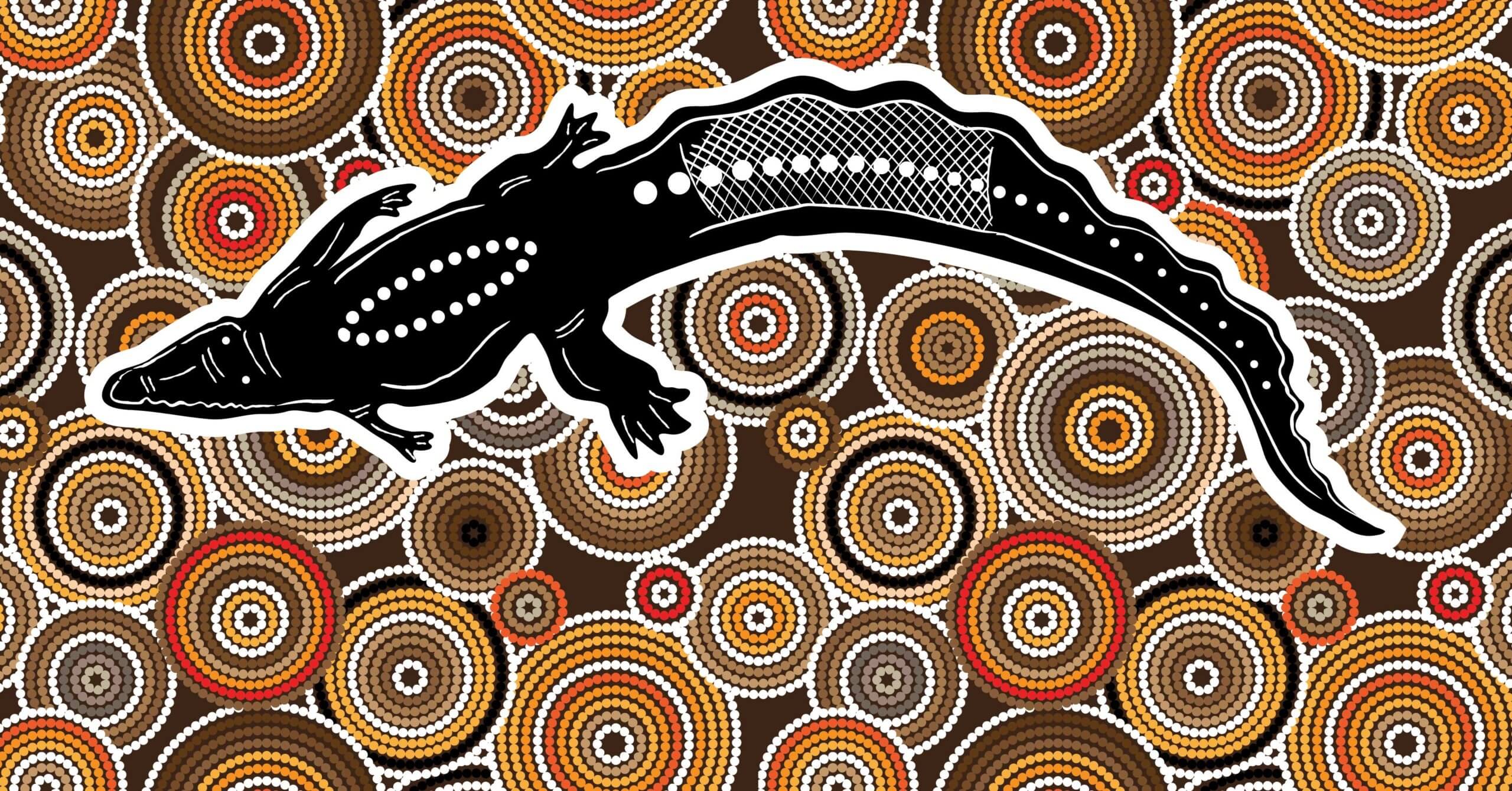
Understanding Australian Aboriginal Culture Go Live It Blog
Story by United Nations Development Programme. Indigenous peoples are the keepers of unique cultures, traditions, languages and knowledge. Here are ten things you might not know about how they live and what they value. 1. INDIGENOUS PEOPLES ARE everywhere. There are more than 476 million Indigenous people in the world, spread across 90.
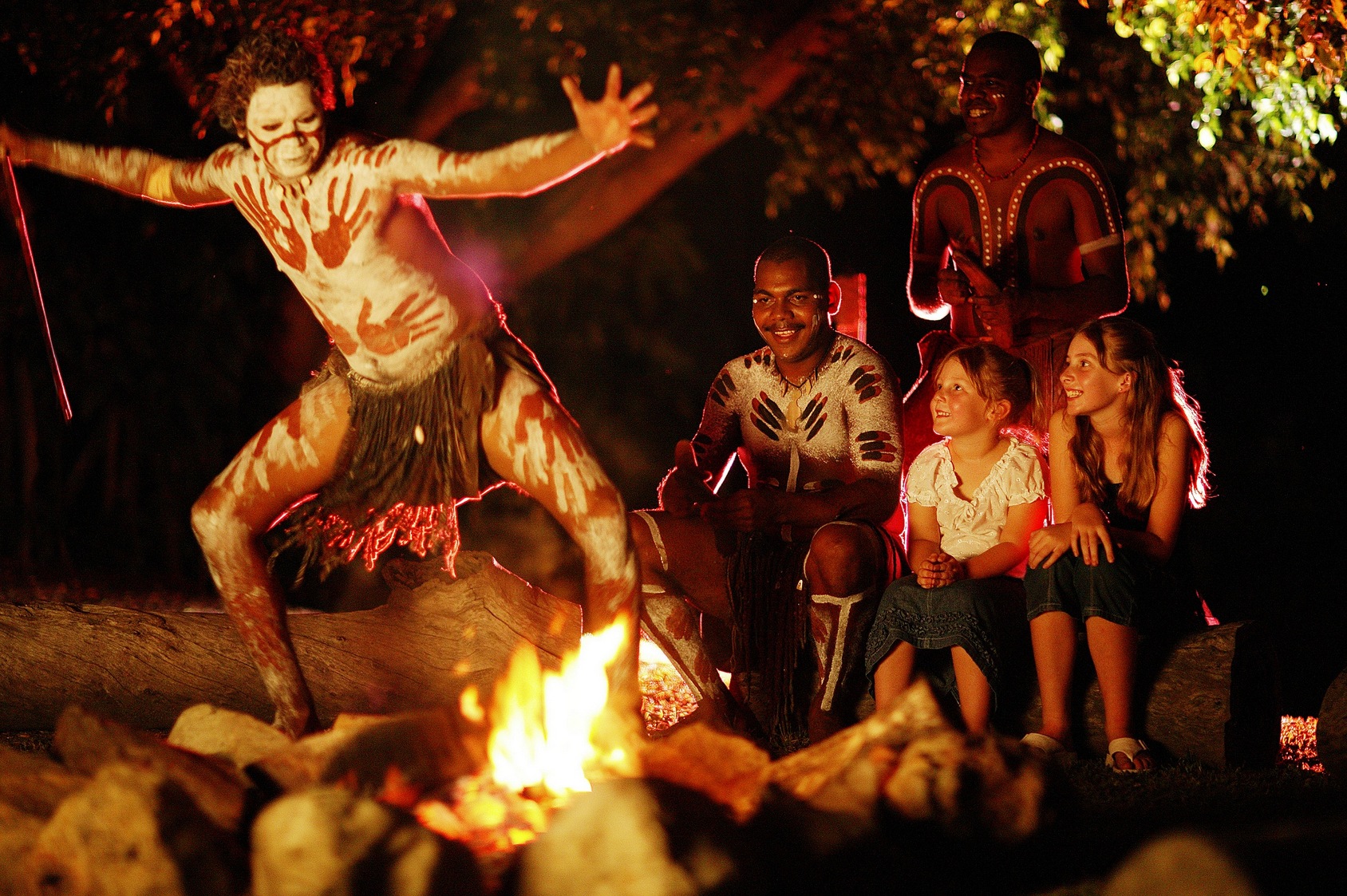
The Top 6 Aboriginal Experiences in Australia
Survey of the history, society, and culture of the Australian Aboriginal peoples, who are one of the two distinct Indigenous cultural groups of Australia. It is generally held that they originally came from Asia via insular Southeast Asia and have been in Australia for at least 45,000-50,000 years.

10 Things You Should Know About Aboriginal Art
5. Their Art is Often Based on Dreamtime Stories. Aboriginal art is unique way of painting and decorating objects, canvases and walls. Like much of Aboriginal culture, it dates back thousands of years. Aboriginal art also includes sculpture, clothing and sand painting. 6. They Face Discrimination in Modern Australia.
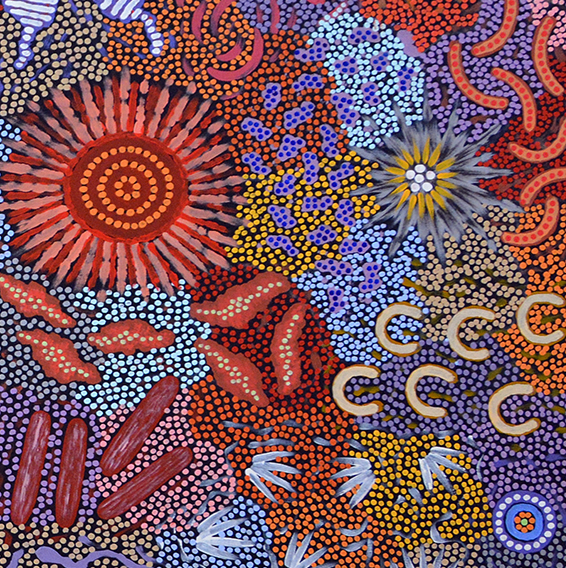
10 Facts About Aboriginal Art Kate Owen Gallery
Watson Brake Pre-Dates the Great Pyramid of Giza. The Great Pyramid of Giza is dated to 2589-2566 BCE, the reign of the king Khufu (Cheops) of 4th Dynasty Egypt, but the site now known as Watson Brake in modern-day Louisiana dates to c. 3500 BCE. Consisting of eleven mounds, the original purpose of the site continues to challenge archaeologists.

Aboriginal Culture
Facts about Aboriginal Culture 3: the sacred world. Let's talk about the creation of the world through dreamtime story. The aboriginal ancestors were in the dreaming world. At that time, the earth was only a flat surface. It was just a silent, dead and dark world. Below the surface of the land, there were unformed of lives sleeping there.
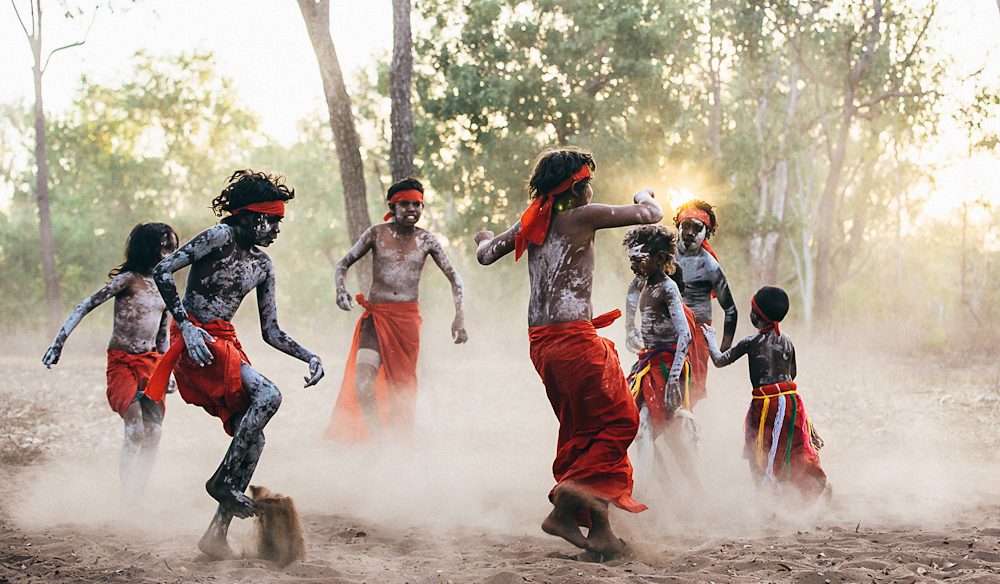
Top 10 Inspiring Aboriginal Experiences Australian Traveller
Explore Australia's rich Indigenous Aboriginal arts and culture with our 10 amazing facts…. Fact 1: The Indigenous Aboriginal arts and cultures of Australia are the oldest living cultures in the world! One of the reasons they have survived for so long is their ability to adapt to change. Fact 2: The earliest Indigenous art was paintings or.
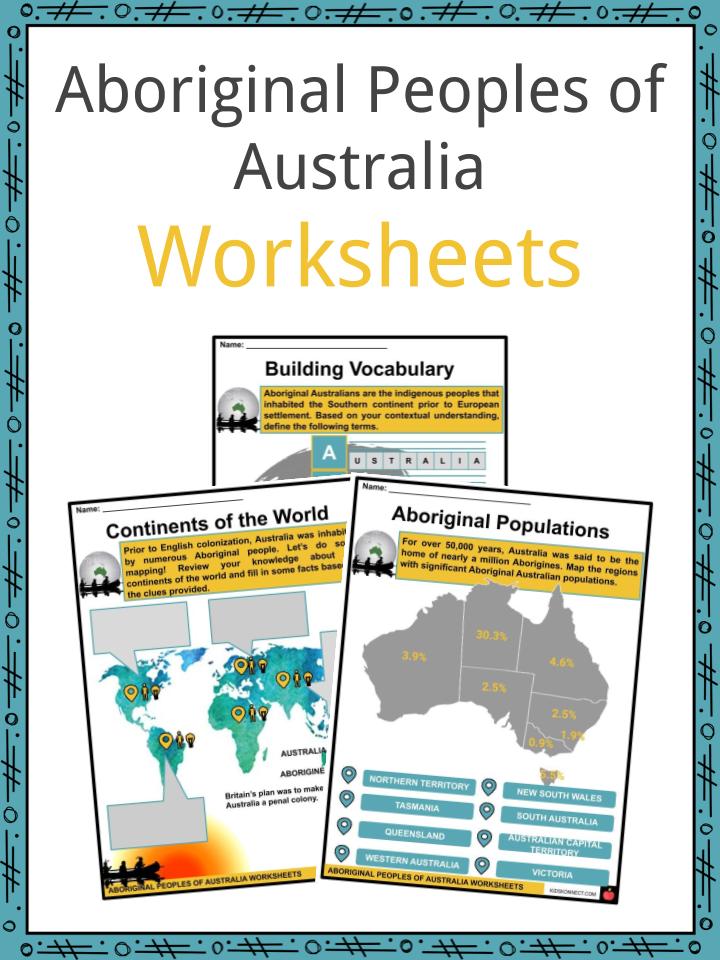
+ Aboriginal culture facts for kids
Positive developments. Between 2005-07 and 2010-12, life expectancy for Aboriginal and Torres Strait Islander men increased by 1.6 years and by 0.6 years for women. Over the same period, the life expectancy gap between Aboriginal and Torres Strait Islander people and the rest of the Australian population reduced by 0.8 years for men and 0.1.

10 Facts About Aboriginal Art SNAZZY TRIPS travel blog Brisbane, Melbourne, Sydney, Aboriginal
Facts about Aboriginal culture 3: Rainbow Serpent. The Rainbow Serpent is a major ancestral being for many Aboriginal people across Australia. Baiame or Bunjil are regarded as the primary creator-spirits in South-East Australia. Dingo Dreaming is a significant ancestor in the interior regions of Bandiyan as Dingo formed the songlines that cross.
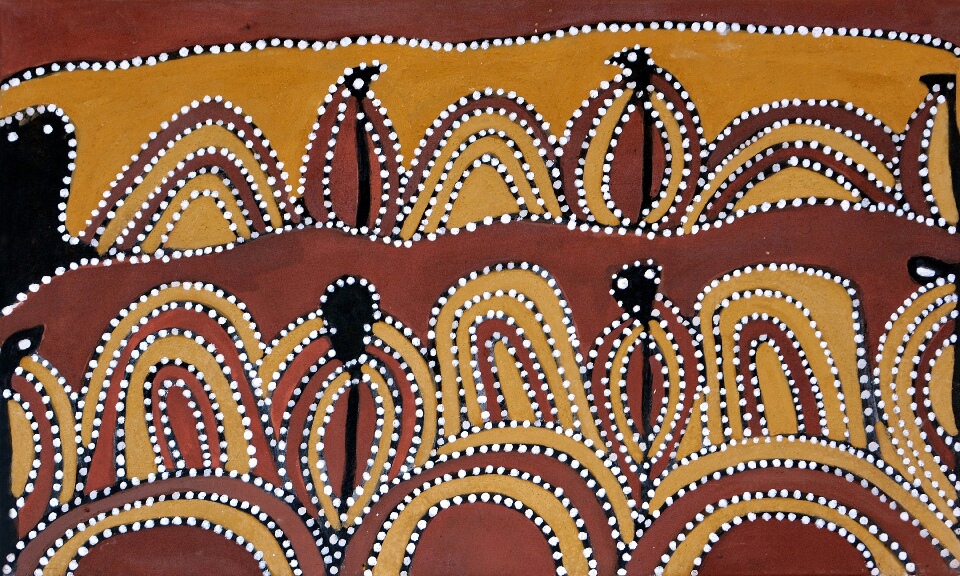
10 Facts About Aboriginal Art
5) Art and storytelling. Aboriginal culture is rich in art and storytelling. Traditional Aboriginal art includes painting, carving, pottery and weaving. Storytelling was (and still is) a way to teach about Dreamtime, history and culture. Aboriginal stories were often passed down from generation to generation.

Australian Aboriginal peoples History, Facts, & Culture Britannica
Just because Indigenous culture is ancient, that doesn't mean that it's extinct. Stories, art and rituals keep Aboriginal and Torres Strait traditions well and truly alive in the 21st century, and the Indigenous population is growing - there are currently about 700,000 Aboriginal and Torres Strait Islanders living in Australia (three percent of the total population), and that number is.